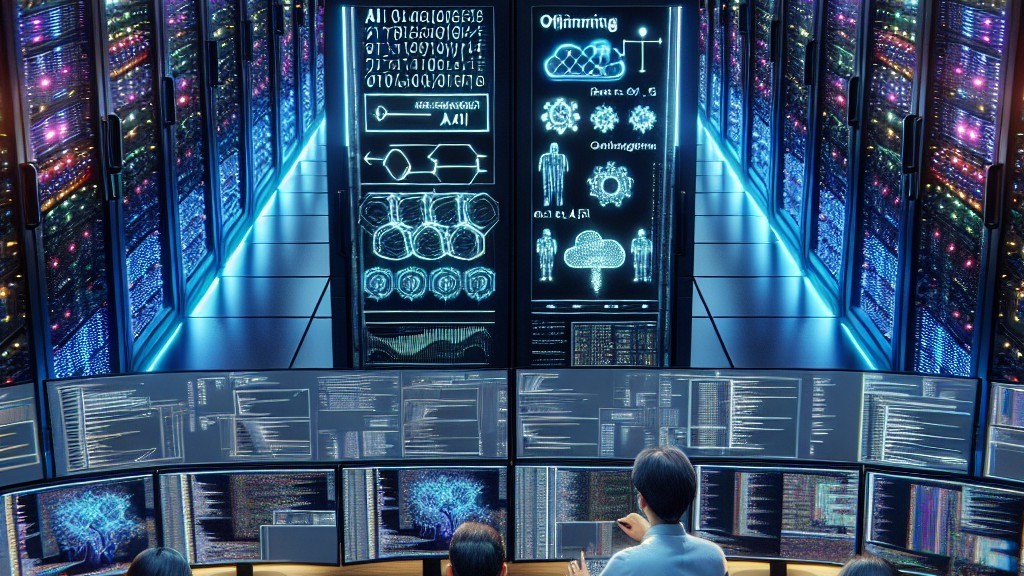
This is a high-stakes AI workload host challenge—the machinery has a dense GPU cluster but also hard-to-predict demand and extreme cooling demands. However, the same technology pushing this sort of workload in the future will also help the center run more smoothly, safely, and environmentally friendly.
How to use AI to manage the AI data center in 10 steps:
1. AI models instantly forecast temperature changes. These models can render instant forecasts of airflow patterns to compensate for hot areas by, for example, fitting a contained LC unit that translates recycling air with an independent refrigeration system into cooling power delivered directly on top of electronic parts needing it.
2. Use vibration, power draw, and sensor data from chillers, UPSes, and PDUs to target those pieces of equipment that are likely to break long before they do.
3. Energy-Aware Scheduler for AI Training Jobs. Run the workloads at times when there is a cleaner grid and send those on out to areas with more wind turbines.
4. Optimizing Scheduling of AI Workloads. Spreading GPU-heavy jobs across clusters in order to even out the load saves one region from overloading while others wait.
5. Real-time Adaptive Efficiency Monitoring constantly observes PUE, WUE, and Carbon intensity with real-time recommendations to operations—if everything looks efficient, let’s not get hasty and take a risk that could put us out of business.
6. Building-Intelligence Video-Surveillance Security Anomaly Detection. Scans access logs, security cameras, and network traffic for signs of someone trying to break in.
7. Feature: GPU/TPU Hardware-Health Forecasting. Identifies symptoms of degeneration—error rates increasing, components overheating or running slow—for replacement before training jobs fail entirely.
8. Incident simulation and response planning. Running digital “fire drills” to see what the plant would do when: cooling failed, power was lost, or if there were a cyber attack.
9. Real-time automated compliance reporting ISO, SOC, etc. Using the operational logs of the facility to onboard customers faster. Pulls from system/operational logs for audit reports on-demand (reliable and consistent & audit-ready).
10. Automated GPU node on/off with Intelligent Resource Scaling. It won’t turn on GPU nodes just because you’re using them, it will also try to keep energy costs down through effective management.
In the end, if you have an AI host, then your business should be AI-driven too. It is not a matter of choice, but of necessity in order to deal with the scale and complexity of these modern AI workloads, that we begin using machine intelligence for both heating control and cooling spot-by-spot because it simply has become routine everywhere else.
Subscribe & Share now if you are building, operating, and investing in the digital infrastructure of tomorrow.
#DataCenter #CloudComputing #HostingSolutions #GreenTech #SustainableHosting #AI #ArtificialIntelligence #EcoFriendly #RenewableEnergy #DataStorage #TechForGood #SmartInfrastructure #DigitalTransformation #CloudHosting #GreenDataCenter #EnergyEfficiency #FutureOfTech #Innovation #TechSustainability #AIForGood
Leave a Reply